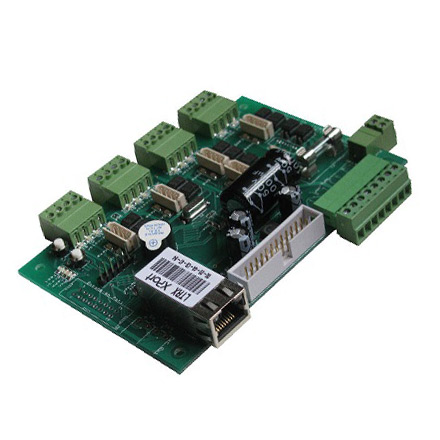

Frosted Bronze Glass A Fusion of Elegance and Functionality
In the world of interior design and architecture, the use of materials plays a significant role in elevating spaces and creating unique atmospheres. Among the myriad of options available, frosted bronze glass has emerged as a standout choice, celebrated for its aesthetic appeal and versatility. This article explores the characteristics of frosted bronze glass and its applications, illustrating why it is becoming a favored material in modern design.
What is Frosted Bronze Glass?
Frosted bronze glass is a type of glass that undergoes a frosted treatment to create a translucent surface, coupled with a rich bronze finish. The frosting process involves sandblasting or acid etching the glass, resulting in a soft, matte appearance that diffuses light, while the bronze hue introduces warmth and sophistication to any environment. This combination not only enhances privacy—an essential feature in many applications—but also allows light to filter through, maintaining an airy feel.
Aesthetic Appeal
One of the most compelling reasons to choose frosted bronze glass is its striking visual appeal. The soft, muted tones of bronze combined with the translucence of frosted glass create an elegant look that complements various design styles, from contemporary to traditional. The material can serve as a subtle backdrop for vibrant decor, or it can be a statement piece in a minimalist setting. Whether used in partitions, doors, or windows, frosted bronze glass adds depth and richness to spaces, making it a top choice for designers looking to create a refined atmosphere.
Versatility in Design

Frosted bronze glass is remarkably versatile, making it suitable for a wide array of applications. In residential settings, it can be used for shower enclosures, bathroom mirrors, or decorative panels, providing a sense of privacy without sacrificing light. In commercial environments, it is often employed in conference rooms, office partitions, and retail displays, allowing for a sophisticated yet functional solution. The ability to customize the thickness, size, and design of the glass means it can be tailored to fit specific needs, ensuring that it functions effectively within any space.
Durability and Maintenance
In addition to its beauty, frosted bronze glass is known for its durability. Its robust surface is resistant to scratches and easy to clean, making it an ideal choice for high-traffic areas. Unlike some decorative materials that may wear or fade over time, frosted bronze glass maintains its aesthetic appeal and functionality with minimal upkeep. Regular cleaning with mild soap and water is often sufficient to keep it looking pristine, allowing homeowners and business owners alike to enjoy its beauty without the burden of heavy maintenance.
Enhancing Ambiance
Lighting plays a crucial role in how spaces are perceived, and frosted bronze glass can significantly influence ambiance. When light passes through the frosted surface, it scatters and creates a warm, inviting glow that enhances the overall atmosphere of a room. This feature is particularly beneficial in settings where comfort is paramount, such as homes, restaurants, and hospitality venues. The soft illumination produced by frosted bronze glass can soften harsh lighting, creating an environment that feels cozy and welcoming.
Conclusion
Frosted bronze glass represents a perfect blend of elegance and functionality, making it a popular choice among architects and designers. Its ability to diffuse light while providing privacy, coupled with its versatility and durability, positions it as a go-to material for various applications. As design trends continue to evolve, frosted bronze glass stands poised to maintain its status as a contemporary classic, offering a timeless solution that enhances both the aesthetic appeal and functionality of any space. Embracing this material is not only a testament to the pursuit of style but also a nod to the importance of thoughtful design in improving our living and working environments.